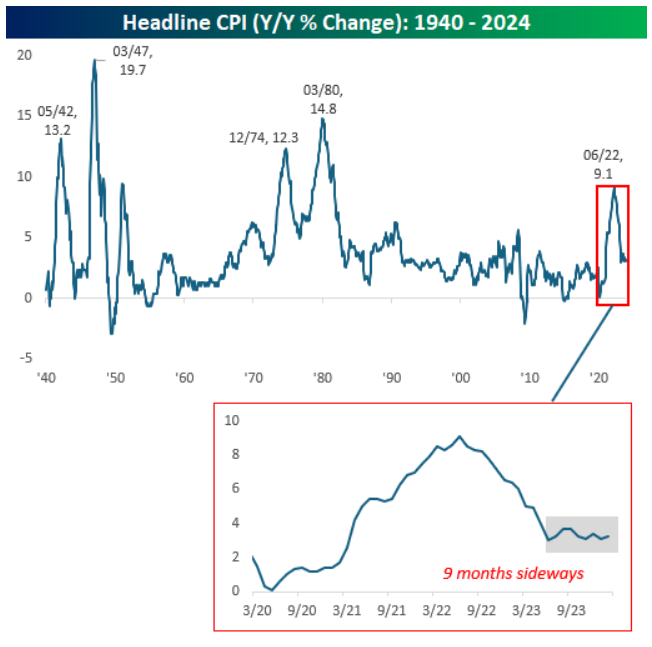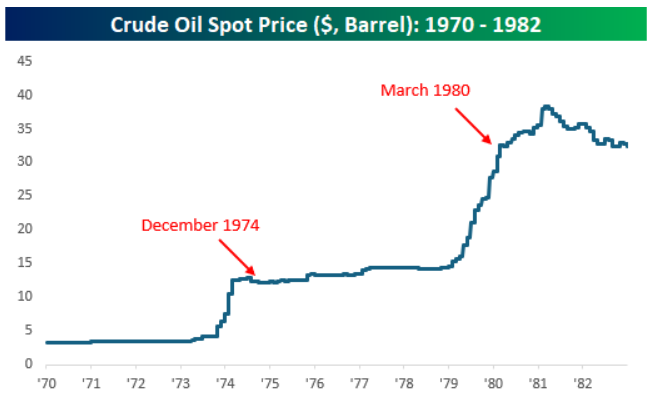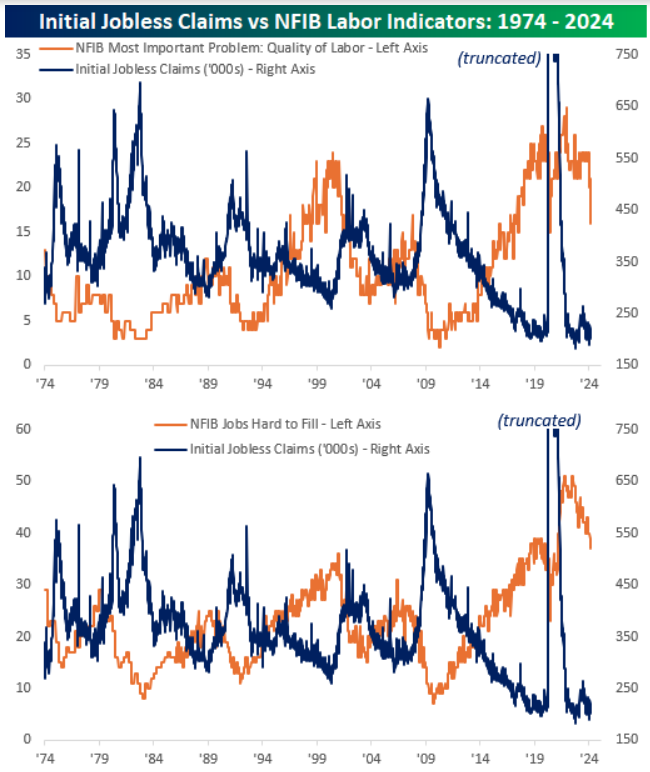You may have heard recently that the US is less happy than it used to be. I saw this news about an annual update from Gallup and others last week to their World Happiness Report. I won’t repeat it all here. Instead, I’ll provide some links and notes to scan through and you can read more when you have the time.
First, here’s a link to a brief article on the update. I like this format because Axios presents us with the news item, gives a quick summary and a suggestion of why it matters, followed by some additional detail. It’s a news appetizer and we can consume the rest later if we want to.
The takeaway from this article? We’ve joined Germany in a happiness nosedive from last year’s findings. We’re told this is because younger people reporting feeling unhappy due to distrusting our political system and fearing political violence.
https://www.axios.com/2024/03/20/world-happiness-america-low-list-countries
Really? Wow. I’m 47, I pay attention, and my life certainly isn’t perfect but I do consider myself happy. I think those around me are happy. But after some reflection I can see cracks in my assumption that, at least generally, correspond with the report. Inquiring minds want to know so I dove into the details.
Here’s a link to the report page where you can review a more detailed summary. Then you can download the full report as I did. It’s 158 pages but contains lots of charts and graphs so it’s not too bad.
https://www.gallup.com/analytics/349487/gallup-global-happiness-center.aspx#ite-611948
Here are some of my notes about the report –
Happy people live longer, healthier lives. This seems straightforward, but are we as happy as we think we are? Personal implications notwithstanding, what does it mean for our culture that a growing number of people, mostly younger, report being unhappy?
Researchers used a three-year average of “life evaluations” that show our country falling from 15th place to 23rd among all countries in terms of overall happiness. The change was due primarily to those under 30 reporting a large drop-off in happiness.
Apparently there’s a U-shaped curve that often tracks happiness throughout one’s life. You’re happier when you’re very young and that declines through adulthood and into middle-age, and then happiness ramps back up as one gets older. Maybe, but whatever shape it takes there’s a growing divide between levels of happiness reported by the young and old, and that gap is very pronounced here at home.
We’re now in 62nd place in terms of happiness for those under 30, behind a laundry list of countries I would assume we’d easily beat. I was surprised to learn that Eastern European and even some Middle Eastern countries have happier younger people than we do, even though those economies are much smaller per person and the standard of living (maybe we should redefine that?) is comparatively low.
Flip that age group around and we’re in 10th place for happiness reported by folks age 60 and older, behind the Nordic countries, Canada, and Australia. Those countries all score higher than we do within their younger population, but the top-ten list for younger people is different.
The notion that younger people generally are happier than older people is now only true in some countries but not here in the US and much of the developed world. This shifted over the last decade or so. Now younger people report being happier in smaller countries like Greece and Portugal. Developed countries like ours are losing ground in the overall happiness ranking because of this. We now rank near the bottom of a list comparing current happiness to results from 10+ years ago. Our rate of change comes close to that of Columbia, Tunisia, and Congo. Canada is down the list with us, but yikes…
And happiness within older populations isn’t necessarily about money. India has the second highest proportion of older people after China but reports high levels of happiness among its older populations. Interestingly, older Indian women report being happier than their male counterparts. Both groups report that their living situation is the largest component of their happiness, but this is also higher for women. The report suggests this could be due to more older Indians “aging in place” with strong family connections that women (typically) have worked hard to maintain. Also interestingly, education and income levels impact happiness but the findings relate generally to the various socioeconomic groups within the country’s caste system.
Researchers also reviewed how enhanced well-being helps ward-off brain diseases that cause dementia by maintaining cognitive abilities over time. They suggested that having a positive environment, personal connections, physical activity, and a sense of purpose naturally support one’s cognitive abilities and can help with early interventions.
Couple these findings about aging in place with strong family connections and the importance of supportive environments in helping to fight dementia and we have a rough model for aging well in the developed world. Researchers made these connections and discussed some ways that certain countries, such as in the Nordic region, are heading in this regard.
Ultimately, reviewing this report was kind of a bummer. There were bright spots, such as I just referenced about the importance of personal connections, but it was tough reading a big-picture analysis of how somber the mood is among our young people, at least on average. I don’t pretend to know why this is the case. It will be interesting to see if this is just a blip that will correct itself in time, or if we’re looking at a new trend.
Either way I think there’s value in this type of information as a check, or perhaps a recommitment, to our own happiness level and doing whatever it takes to maintain it.
Have questions? Ask us. We can help.
- Created on .






